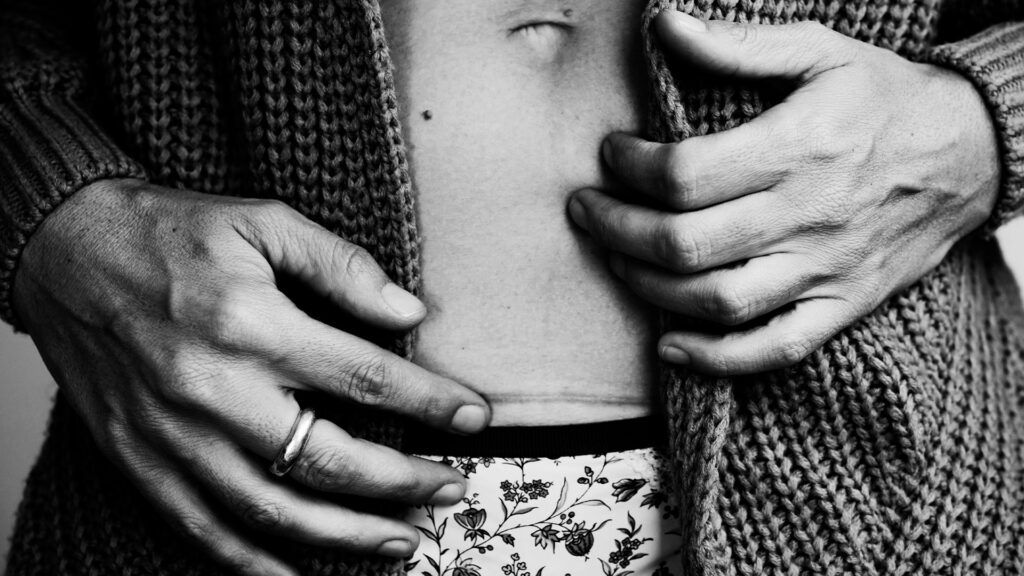Itchy stitches may occur as a wound heals. A person can use antihistamine medication or cold compresses for relief, and a doctor may prescribe alternative treatments if the itching is severe.
A person can expect some form of itching during the healing process. However, it can be frustrating.
The itching associated with healing wounds results from chemical and mechanical reactions as cells rebuild, so it is crucial not to disrupt this natural process. Scratching the itchy area can hinder the healing process and cause complications.
People can help manage the itching with cold compresses, creams, and other home remedies.
This article explains why a person experiences itchy stitches, how to relieve the itching, and tips for caring for stitches.

Itching during wound healing is a natural response to the
In response to a cut on the skin, the body initiates an inflammatory process to help fight infections, remove damaged tissue, and promote tissue repair. The body then releases inflammatory proteins called cytokines. These can activate nerve endings in the affected area, transmitting signals to the brain that it interprets as itching.
Additionally, the body releases histamines as part of the inflammatory response. These chemicals cause blood vessels to dilate, which can lead to warmth and itching.
Wounds with a lot of oozing liquid can also trigger itching. This is because the fluid promotes inflammatory mast cell invasion into nerve fibers.
There are
- Hemostasis and clotting: In the initial phase, the body limits blood supply to the wound to reduce blood loss. Blood clots at the edges of the wound, forming a scab to protect it as it heals.
- Inflammation: In this stage, inflammatory cells such as neutrophils and macrophages arrive to clean the wound. Neutrophils remove bacteria and debris, and macrophages further cleanse the area. This phase also releases growth factors and chemical signals, including histamine.
- Proliferation and repair: This stage occurs 3–21 days after the injury. It involves blood vessel formation, collagen production, and tissue regeneration. The new tissue growth pulls together, and fluids build below the wound’s surface. New nerve connections join the existing nerves, leading to a mechanical reaction and causing itching as the skin regenerates.
- Maturation phase: In this final stage, collagen matures, forming a scar and increasing wound strength. Once healed, the wound leaves a firm, slightly raised scar that gradually softens and flattens over time.
Itching around stitches can be uncomfortable. However, a person may be able to find relief by:
- Applying cold compresses: To use a cold compress, place a clean cloth or ice pack wrapped in a thin towel over the itchy area for short intervals.
- Using topical creams: Consult a doctor for guidance on appropriate anti-itch creams or ointments. These products can provide relief without compromising wound healing.
- Refraining from scratching: While tempting, a person should avoid scratching the itchy area. Scratching can introduce bacteria and delay the healing process.
If itching is more severe, a doctor
- topical anti-inflammatories
- gabapentinoids
- mu-opioid receptor antagonists
Proper wound care is crucial for optimal healing. This involves:
- Following medical advice: Adhere to any specific care instructions a healthcare professional provides.
- Keeping the area clean and dry: Maintain good wound hygiene. Clean the area gently with mild soap and water, then pat it dry. Avoid excessive moisture around the wound.
- Protecting the stitches: Cover the wound with a sterile dressing if necessary to prevent dirt and debris from entering. In addition, try to avoid contact sports and swimming.
A person should contact a doctor if they experience:
- Signs of infection: Infected stitches may appear swollen with pus or bleeding, increased discoloration, pain, and warmth. The wound may also have an unpleasant odor.
- Bleeding: Seek medical advice if the stitches break or severe bleeding occurs. A doctor may need to restitch the wound or use a different type of stitches.
- Allergic reaction: If a person suspects they are having an allergic reaction to any creams or dressings, they should contact their doctor promptly. Signs may include a rash, itching, burning, redness or discoloration, bumps, or swelling.
Stitches help keep wounds closed and facilitate the natural healing process. However, itchy stitches are a common issue that can occur as the tissues rebuild themselves.
Cold compresses and over-the-counter or prescription medications can help relieve the itching as the wound heals.
A person should contact their doctor if the itching is severe or they suspect the incision is infected or not healing as expected.
